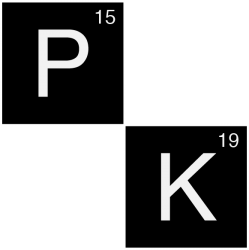“Reversible transfer of drug between the systemic circulation and various sites within the body”
Description
Upon ingestion, drug molecules are first absorbed and then disseminated throughout the body. Distribution of a drug to body sites occurs at various rates and to various extents. The factors determining the pattern of distribution are the tissular delivery of drug by blood, the ability of the drug to cross membranes, the binding of drug with blood and tissues components, its partitioning between water and fat, and its ability to undergo active transport through cell-membrane carriers (e.g. P-gylcoprotein).
The volume of distribution quantifies the extent of distribution.
The rate of distribution can be limited either by the permeability or the perfusion of the tissue. Both the tissue invasion and the release of drug from a tissue take longer the poorer the perfusion and the greater the partitioning coefficient. Initially the blood in liver, kidney, brain and other well-perfused tissues contains most of the drug. During the terminal phase of disposition, drug has equilibrated between various tissues and is progressively released into the circulation and eliminated.
Clinical implications
Distribution is a necessary step for the active molecules to reach their pharmacological target. The extent of distribution determines the amount of drug to be administered in order to acheive suitable concentration levels. Distribution also affects the drug’s half-life.
For some drugs, the distribution is the process that puts an end to an acute effect, as it quickly brings the circulating concentrations below active levels (e.g. thiopental)
In certain conditions such as in intoxication, haemodialysis can be useful if the volume of distribution is small because most of the drug is concentrated in the extracellular water. If the volume of distribution is large, most of the drug is concentrated in the tissues and is not accessible to dialysis.
Related terms
Distribution rate constant (kT): This rate constant may be regarded as a measure of how rapidly drug would leave tissue if the arterial concentration were to drop to zero. It is the fractional rate of drug distribution from an organ to blood.

